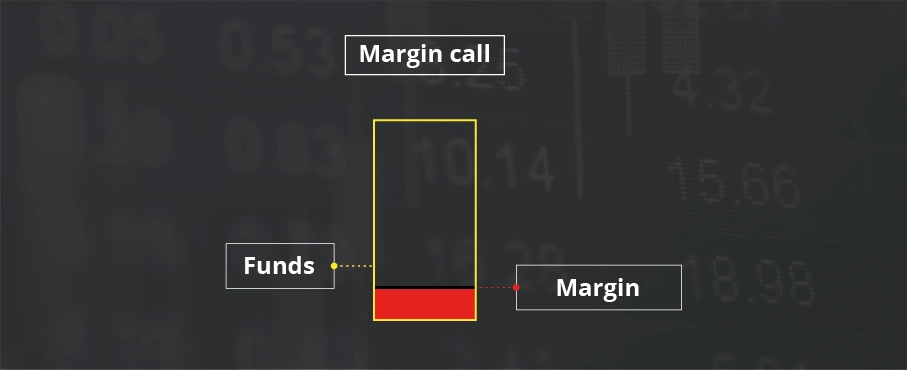
CFD trading
Risks of CFD trading
Leverage
CFDs are a leveraged product, so you only need to deposit a small percentage of the overall value of the trade, known as margin, to open a position. Therefore, with a smaller initial capital outlay you have exposure to a much larger position. This means that any gains will be multiplied if the market moves in your favour. Equally however, your losses will be magnified in exactly the same way if the market goes against you.
Volatility
Markets can move quickly and unexpectedly. Major earnings announcements, political upheavals, or natural disasters are some of the events that can impact FX, equities, bonds, and commodities. While volatility can provide trading opportunities, it can also pose significant risks.
Understanding risk
Experienced traders know that understanding risk and finding effective ways to manage it are fundamental parts of a successful trading strategy. By using risk management tools efficiently, you could limit potential losses without capping your profit potential.
At City Index we offer a range of tools to help you manage your risk and better manage your CFD trading portfolio, without the need to watch your open trades constantly. These tools include:
- Education package to help enhance your knowledge of CFD trading and make you more confident trading
- Our real-time economic calendar covers major market-moving events in Australia, the UK, EU and US, which will help you plan your trades
- Risk management tools such as stop loss orders
How to manage risks
Use margin sensibly
CFD trade positions should be sized prudently. This means not using up all the free equity in your account as margin. You should always ensure you have sufficient funds in your account to cover any losses for the period that you decide to hold open you trade.
If you don't, you could quickly find yourself on a margin call, which can happen when you don't have enough funds in your account to keep open the position. This puts you at risk of having it automatically closed out.

Use stop loss orders (SLOs)
When you place a trade you can add a Stop Loss Order which helps limit your losses in the event that the market moves against you.
Your trade will automatically be closed out at a level you choose (or at the next best available price in the event of market gapping) and you can select this in the trade ticket or via the Open Orders screen.
When placing a stop loss order, it is important to remember that there is a risk that the closing price could be different from the order level if market price gaps. Market gapping occurs when there is significant market volatility and prices change rapidly, meaning that closing prices can differ from the trigger prices that have been set.
At City Index, we offer standard stop loss orders freely across all markets on your trading account. Stop losses can be added when placing the trade, by clicking the stop loss box and entering your stop loss price. Should you forget to add a stop loss you can also add one once the trade is in progress.
In addition to standard stop loss orders we also offer Guaranteed Stop Loss Orders and trailing stop losses.
Using CFDs to hedge
As CFDs allow you to short sell and potentially profit from falling market prices, they are sometimes used as a hedging tool by investors as 'insurance' to offset losses made in their portfolios.
For example, if you have a long-term portfolio, but feel that there is a short-term risk to the value of your investments, you could use CFDs to mitigate a short term loss by 'hedging' your position.
This way, if the value of your portfolio does fall, the profit in the CFDs would help you offset these losses, enabling you to retain your portfolio without incurring any significant loss to its overall value.

